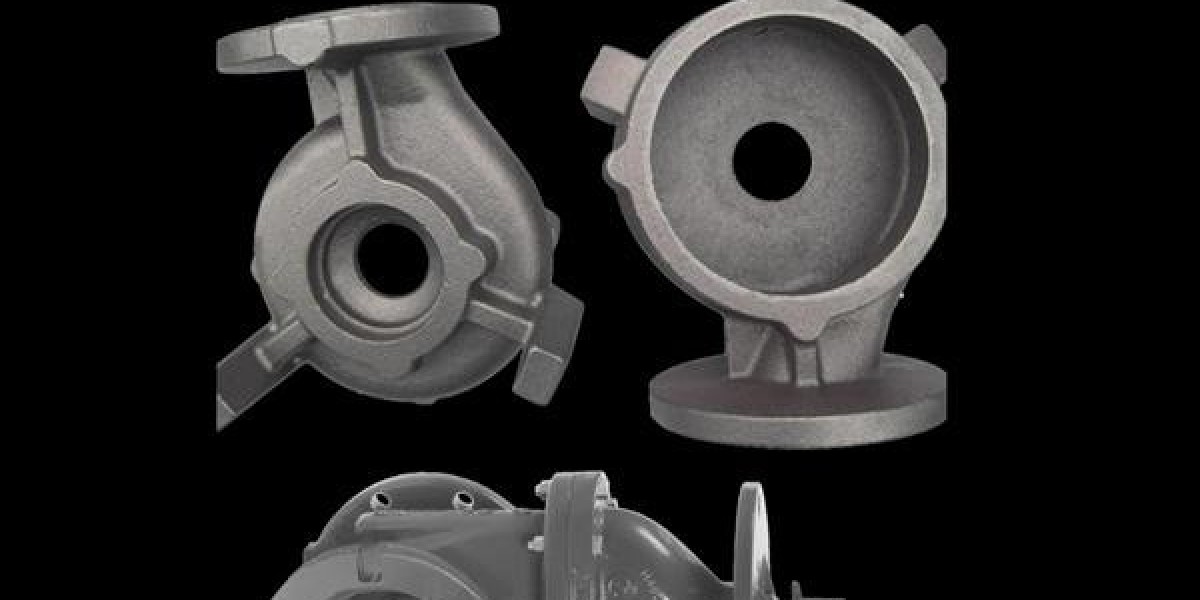Ductile iron vs cast iron are both widely used materials in various industries, each possessing unique properties and applications. While they share similarities, they also have distinct differences that are crucial to understand for selecting the right material for a particular application. In this guide, we'll delve into the characteristics, advantages, and applications of ductile iron vs cast iron.
Composition and Structure:
- Cast iron is primarily composed of iron, carbon, and silicon, with carbon content typically ranging from 2% to 4%. Its structure consists of graphite flakes dispersed throughout the iron matrix.
- Ductile iron, also known as nodular or spheroidal graphite iron, contains additional alloying elements such as magnesium and cerium, which promote the formation of graphite nodules within the iron matrix. This nodular structure enhances ductility and toughness.
Mechanical Properties:
- Cast iron is known for its excellent compressive strength and wear resistance, making it suitable for applications involving heavy loads and abrasive environments. However, it is brittle and has low tensile strength.
- Ductile iron exhibits superior ductility and impact resistance compared to cast iron. Its nodular structure allows for greater elongation and deformation before failure, making it more suitable for applications requiring resilience and flexibility.
Machinability and Weldability:
- Cast iron is notorious for its poor machinability due to the presence of hard graphite flakes, which can cause tool wear and erratic cutting. Welding cast iron also presents challenges due to its high carbon content and propensity for cracking.
- Ductile iron, with its nodular graphite structure, offers improved machinability and weldability compared to cast iron. The absence of graphite flakes allows for smoother cutting and reduced tool wear, while the nodules act as crack arresters during welding.
Applications:
- Cast iron finds extensive use in applications such as engine blocks, pipes, manhole covers, and machine components where its high compressive strength and wear resistance are beneficial.
- Ductile iron is commonly employed in applications requiring toughness and ductility, including automotive components, gears, hydraulic components, and structural parts.
Cost Considerations:
- Cast iron is generally more economical than ductile iron, primarily due to its simpler production process and lower alloying element content.
- Ductile iron, while slightly more expensive, offers superior mechanical properties and may provide long-term cost savings through improved performance and durability in specific applications.
Conclusion: Understanding the differences between ductile iron vs cast iron is essential for selecting the appropriate material based on the specific requirements of a given application. While cast iron excels in compressive strength and wear resistance, ductile iron vs cast iron offers superior ductility and toughness. Consideration of factors such as machinability, weldability, and cost can further aid in the decision-making process, ensuring optimal performance and longevity of the final product.








